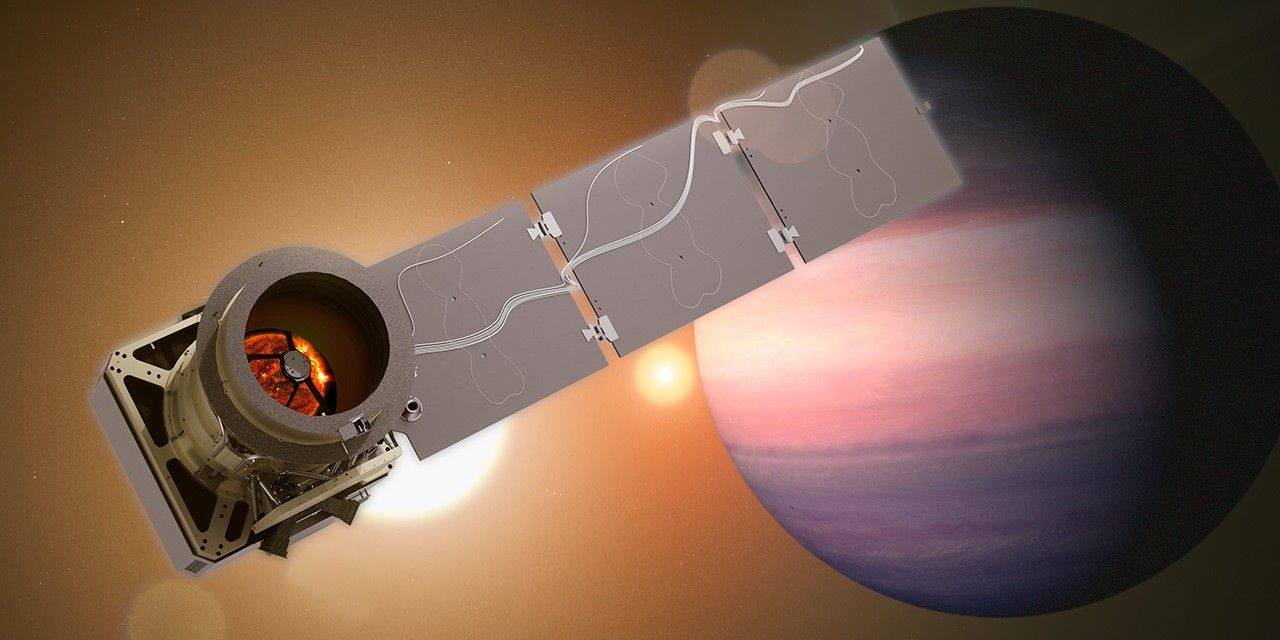City dwellers’ daily commutes may soon take flight, the rotors of their air taxis spinning as they lift off from the rooftops. In anticipation of this coming era of air travel, called Urban Air Mobility – and many other applications – NASA has developed a flexible way to test new designs for aircraft that use multiple rotors to fly. The Multirotor Test Bed, or MTB, will let researchers study a wide variety of rotor configurations for different vehicles, including tiltrotor aircraft, mid-sized drones and those future air taxis.
This video shows the MTB set up in a four-rotor configuration during a recent demonstration inside the U.S. Army’s 7- by 10-foot wind tunnel at NASA’s Ames Research Center in California’s Silicon Valley. While spinning, the rotors move between a forward, airplane-like orientation and an upward, helicopter-like one that can simulate vertical takeoff and hovering. The entire structure tilts, too, mimicking different orientations of an aircraft as it flies. To highlight this range of motion, the video is shown at eight times normal speed, starting at 0:38.
By allowing for these adjustments and measuring the loads on individual rotors, the test bed will provide a wealth of data on the aeromechanics of an array of multirotor configurations. The MTB was developed at Ames, where it will be available to aerospace researchers from NASA, as well as the agency’s partners in industry, academia and government for assessments of new multirotor aircraft concepts. The data researchers can collect with the MTB will validate computer simulations used to study multirotor systems and improve predictions of their performance and noise.
Recently, the MTB completed tests in the U.S. Army’s 7- by 10-foot wind tunnel at Ames, demonstrating its readiness to move forward as a resource for testing.
































